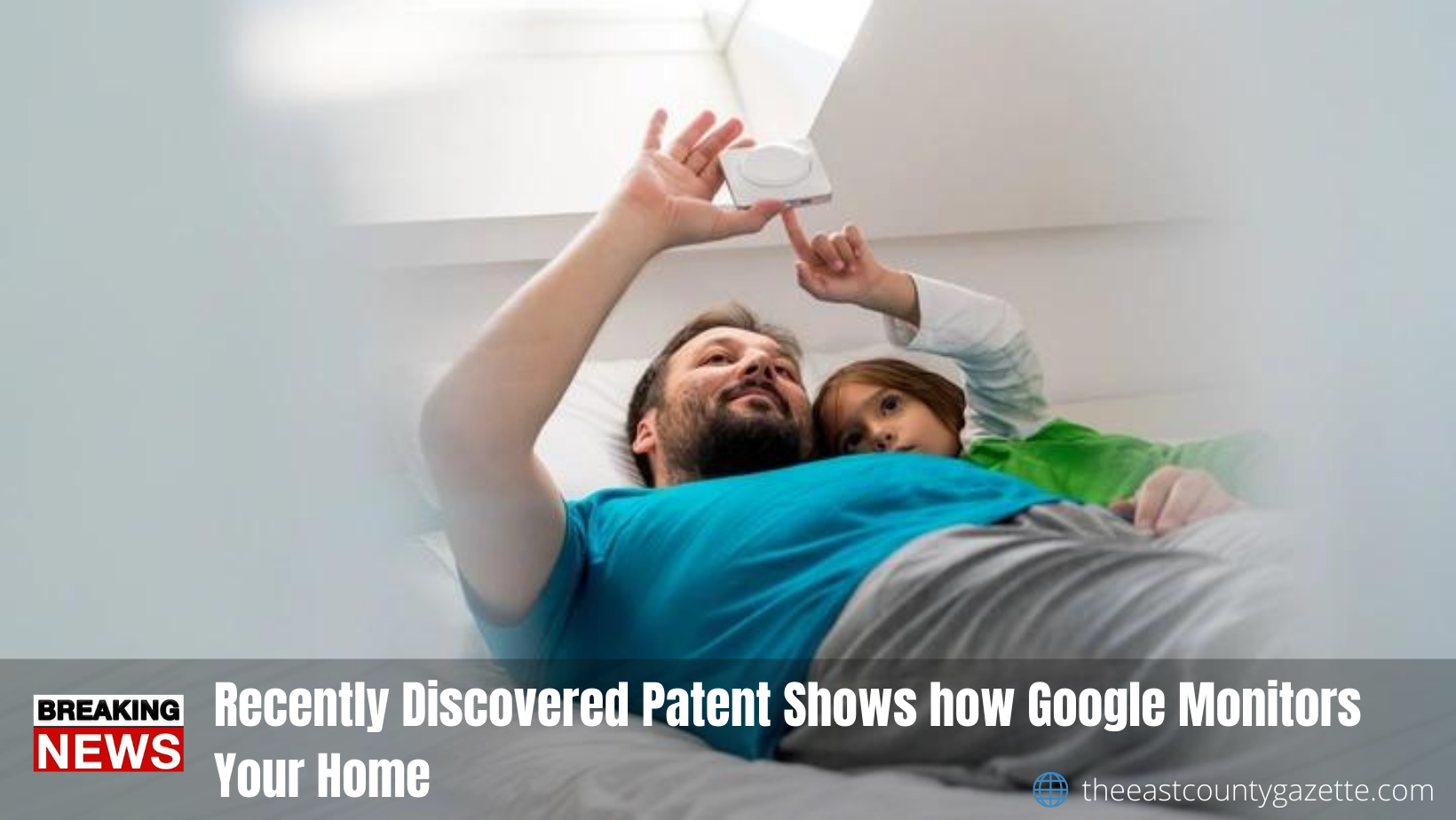Type something into Google’s search bar, and then start seeing ads for it everywhere.
Sometimes you don’t even need to search—Google’s already triangulated your desires based on your emails, your demographics, your location.
Now that familiarity stands to get a lot more intimate. With a fascinating pair of new patents for smart-home technology, Google is hoping users will open their homes to its trademark eavesdropping.
The patent proposes a smart-home system that would help run the household, using sensors and cameras to restrict kids’ behavior.
Parents could program a device to note if it overhears “foul language” from children, scan internet usage for mature or objectionable content, or use “occupancy sensors” to determine if certain areas of the house are accessed while they’re gone— for example, the liquor cabinet.
The system could be set to “change a smart lighting system color to red and flash the lights” as a warning to children or even power off lights and devices if they’re grounded.
In 2019, the German public broadcast Deutsche Welle (DW) did a documentary on the pros and cons of artificial intelligence, machine learning, and algorithms.
In one of the segments in the documentary, Physicist and Science Journalist Ranganathan Yogeshwar had an interview with the longest-serving Google employee in Munich Germany, Jens Redmer.
As the interview went on, Redmer talked about how AI will transform society and make lives better in the years to come. He also addressed the issue of AI transparency and why the users must have control of their own data.
Yogeshwar later showed Redmer a Google patent application filed with the United States Patent and Trademark Office (USPTO) on September 8, 2016.
Redmer denied having any knowledge of the patent application. He went on to say Google files new patent applications every year. Redmer added that most of them are for imaginary or fictitious services.
Google describes the Smart Home Device as follows:
“Embodiments provided herein relate to monitoring and reporting household activities. In one embodiment, a method includes monitoring, via a smart device, one or more activities associated with: a household; analyzing, via the smart device, a processor, or both, at least one characteristic of the one or more activities to discern information about the household; and reporting, via the device, the discerned information.”
However, further down the patent shows a questionable issue regarding privacy.
“As will be discussed in more detail below, in one embodiment, the pattern detection circuitry 204 may detect that water is typically left on when a member of the household brushes their teeth.
This pattern may be provided to the household policy manager 202, which may suggest and/or automatically implement a policy to provide notification to members of the household when they leave the water on when a member of the household brushes their teeth.”
More information on the patent can be found here.

